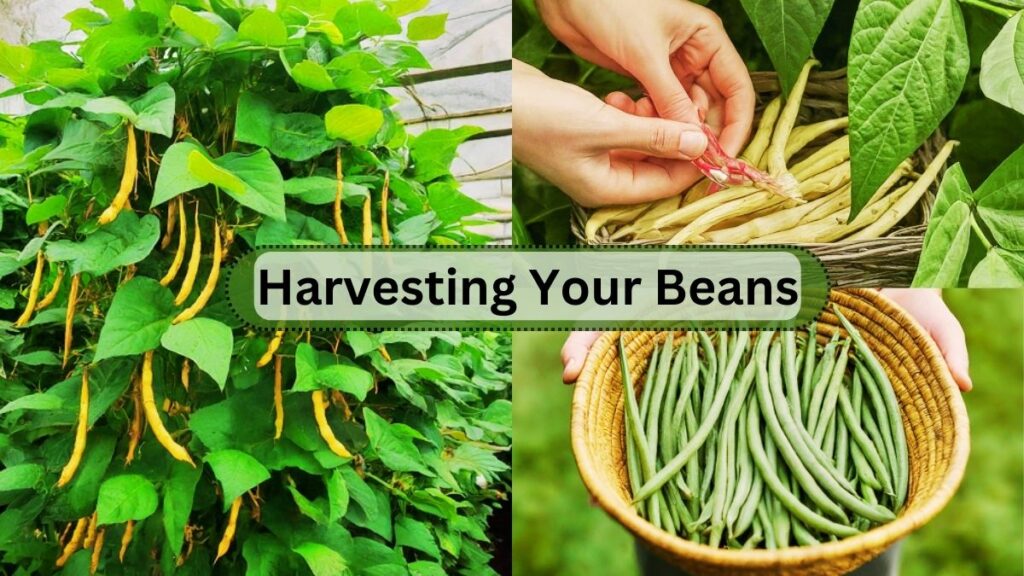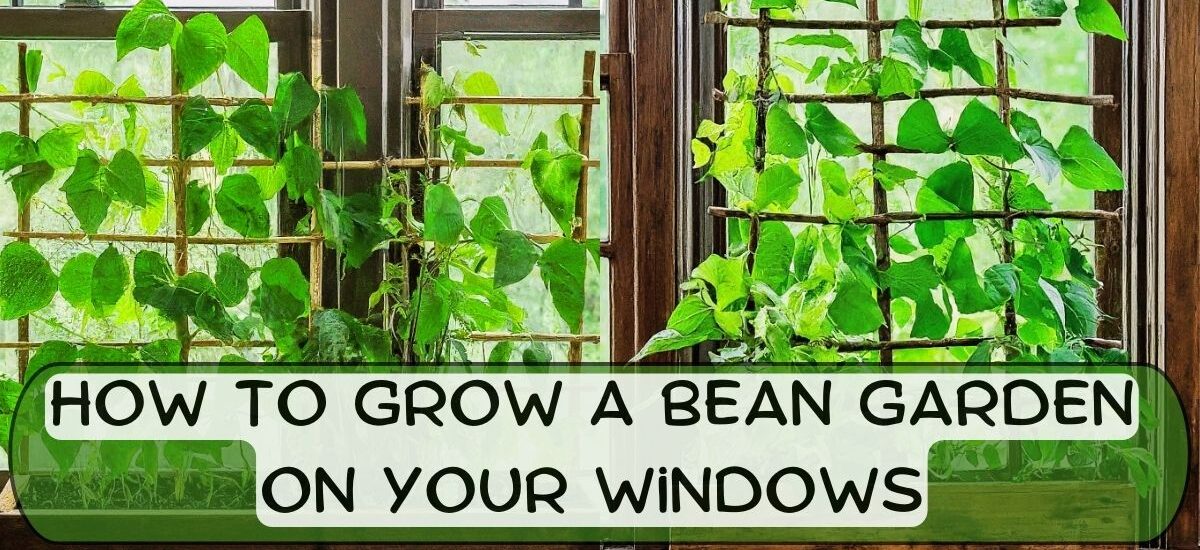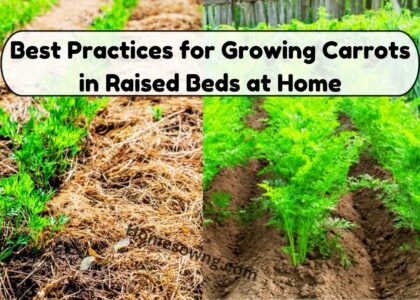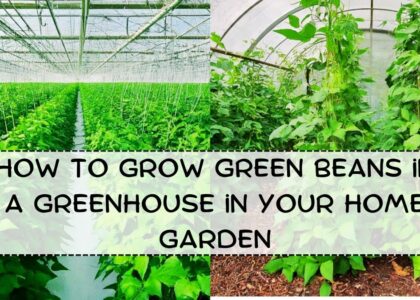Growing beans on your windows is a simple and rewarding method to bring a touch of greenery into your home. Whether you’re short on outdoor space or just looking to try your hand at indoor gardening, a windows bean garden is an outstanding project for learners and seasoned gardeners alike. In this guide, we’ll walk you through the process of starting a bean garden on your windows, from selecting the right beans to harvesting your crop.
Selecting the Right Bean Variety
Selecting the right bean variety is important for successful windows gardening. All bean varieties are not suitable for windows gardening, so it’s important to select one that will grow in an indoor environment. Dwarf or bush bean varieties are ideal because they are compact and don’t require much space or support. These beans grow well in containers and don’t require extensive support, making them perfect for a window setting. Their compact size ensures they fit comfortably without irresistible your indoor space.
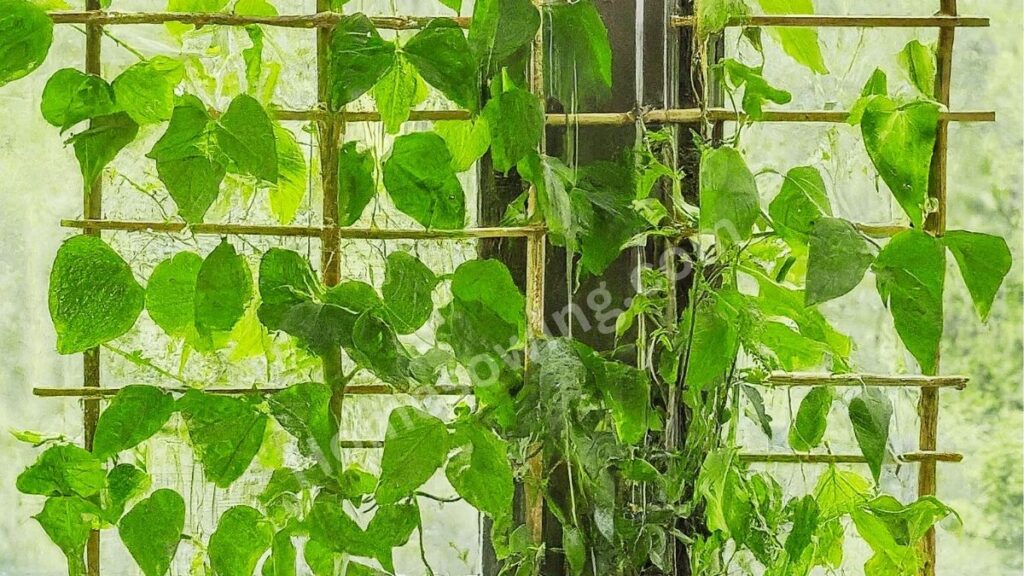
Gathering Your Materials
Having the right materials makes setting up your windows garden easy and efficient. You’ll need containers with drainage holes, such as pots or planters, and a high-quality potting mix for optimal growth. Bean seeds should be chosen based on your preferred variety, and a watering can or spray bottle will help you maintain proper moisture levels. Support stakes or a mini trellis may be necessary if your chosen bean variety needs extra support as it grows. Gather these items before planting to ensure a smooth start.
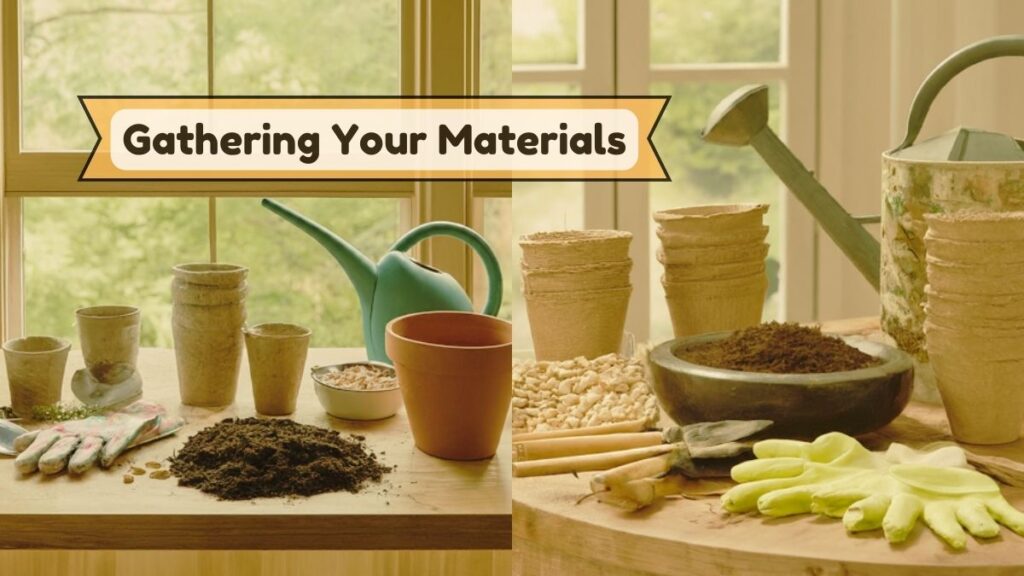
Preparing the Containers
Preparing your containers is essential for a healthy bean garden. Make sure your containers have drainage holes to prevent water from pooling and causing root rot. Fill each container with potting mix, leaving an inch of space at the top to accommodate watering. Moisten the mix lightly to create an ideal environment for seed germination. Proper container preparation helps ensure your bean plants have the best chance to thrive indoors.
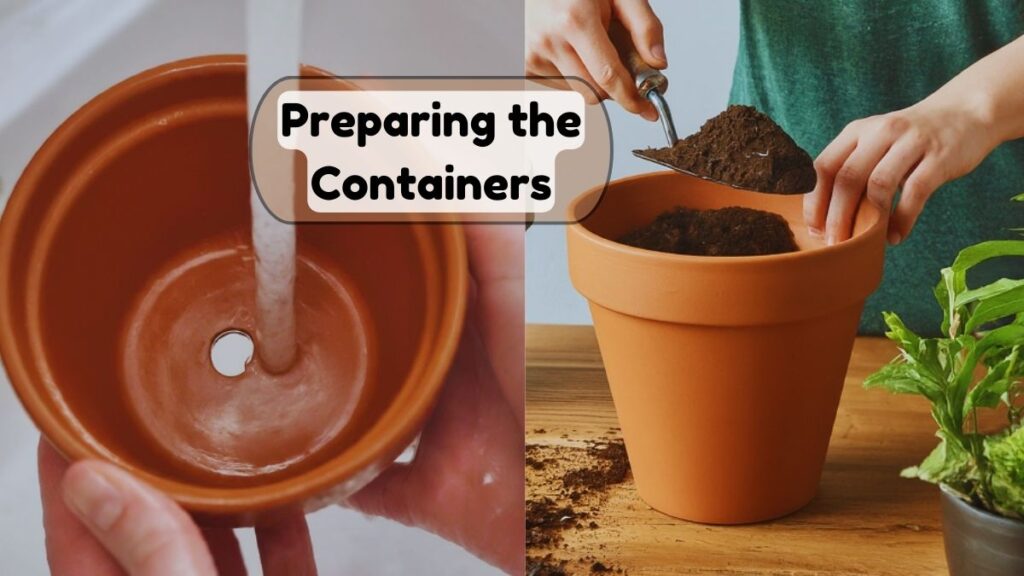
Planting the Bean Seeds
Planting bean seeds correctly is important to successful growth. Create small holes in the potting mix, about 1 inch deep and 2-3 inches apart. Place a single bean seed in each hole and cover it lightly with soil. Water the soil gently to keep it evenly moist without becoming soggy. Proper planting ensures good seed-to-soil contact and promotes healthy germination and growth.
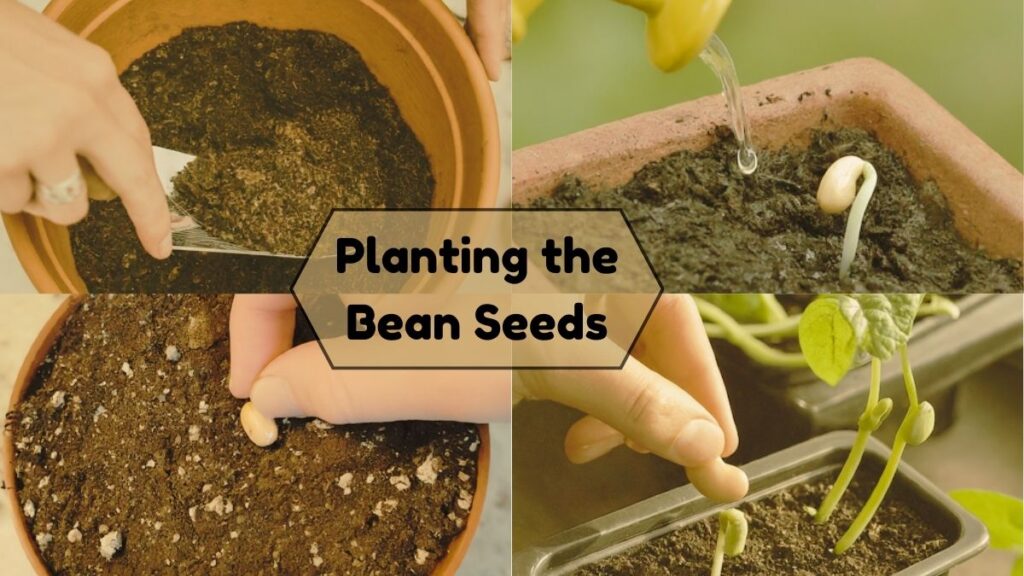
Positioning the Containers on Your Windows
The right location for your containers is vital for bean plant health. Place your containers on a sunny window that receives 6-8 hours of direct sunlight daily, ideally a south-facing window. If natural light is insufficient, use a grow light to supplement it. Proper light exposure supports vigorous growth and helps your beans grow indoors. Ensuring adequate light is essential for healthy, productive plants.
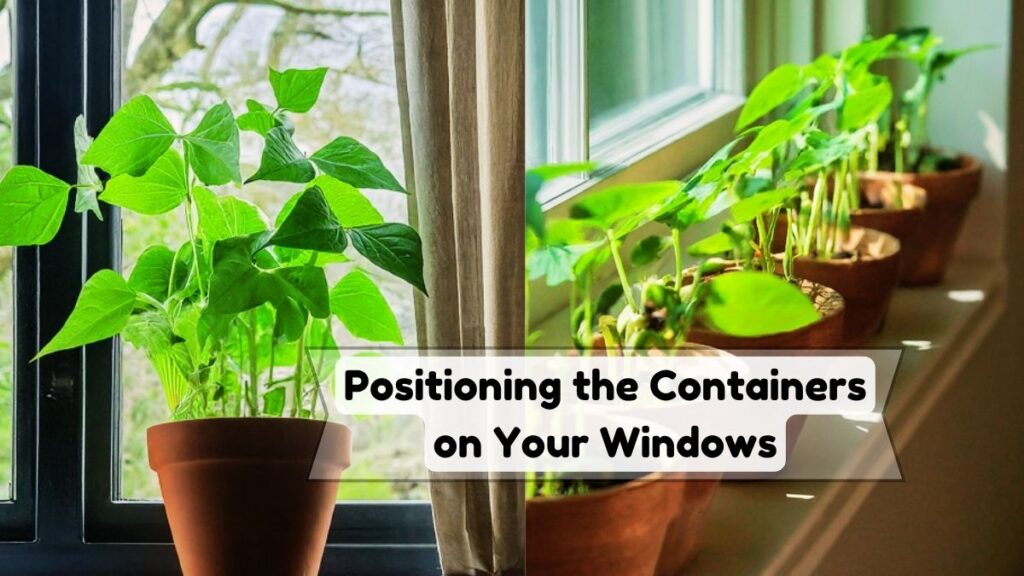
Caring for Your Windows Bean Garden
Caring for your beans involves regular watering and monitoring for issues. Water your plants constantly, keeping the soil moist but not waterlogged. Provide support if needed, using small stakes or a mini trellis to help the plants grow upright. Maintain a room temperature between 65-75°F (18-24°C) to create a comfortable environment for your beans. Regular care ensures healthy growth and a successful harvest.
Monitoring for Pests
Even indoor gardens can attract pests, so attentiveness is important. Regularly check the leaves and stems for signs of pests like aphids or spider mites. If pests are detected, treat them promptly with a gentle insecticidal soap or neem oil, following the instructions carefully. Keeping an eye on your plants helps prevent pest-related issues and maintains their health. Early detection and treatment are key to a growing indoor garden.
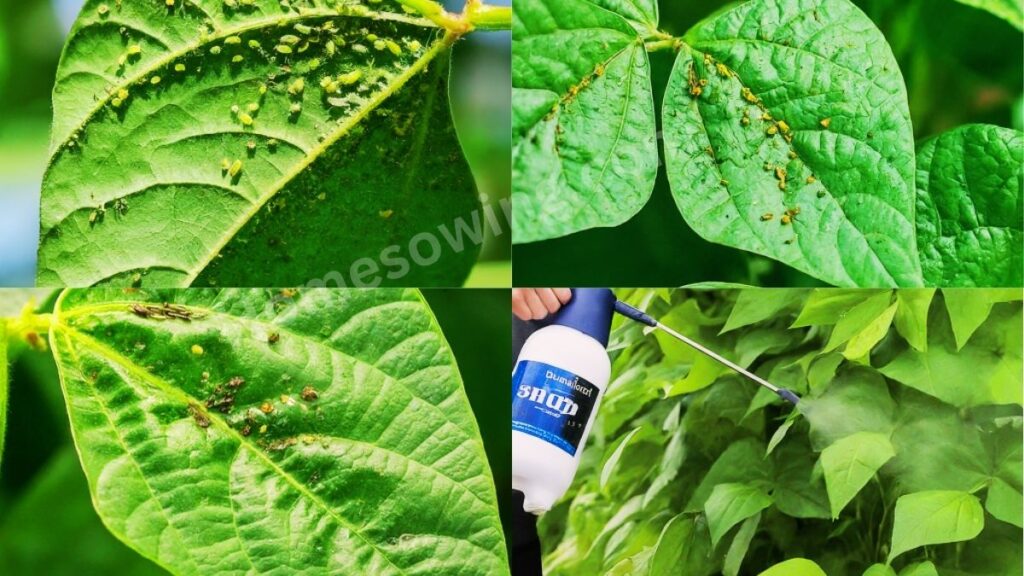
Harvesting Your Beans
Harvesting beans at the right time ensures the best flavor and texture. Beans are typically ready to harvest 50-60 days after planting, depending on the variety. Pick the beans when they are young and tender for the best taste. Use scissors or a small knife to carefully cut the beans from the plant, avoiding damage to the stems. Regular harvesting encourages continued production and allows you to enjoy fresh, homegrown beans.
